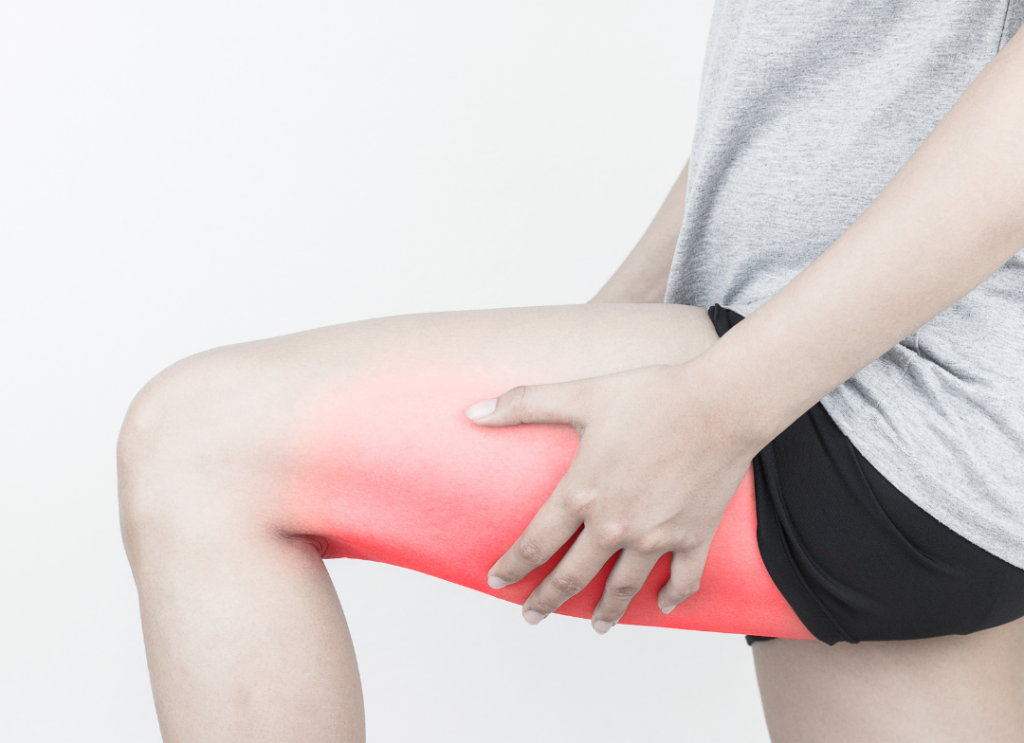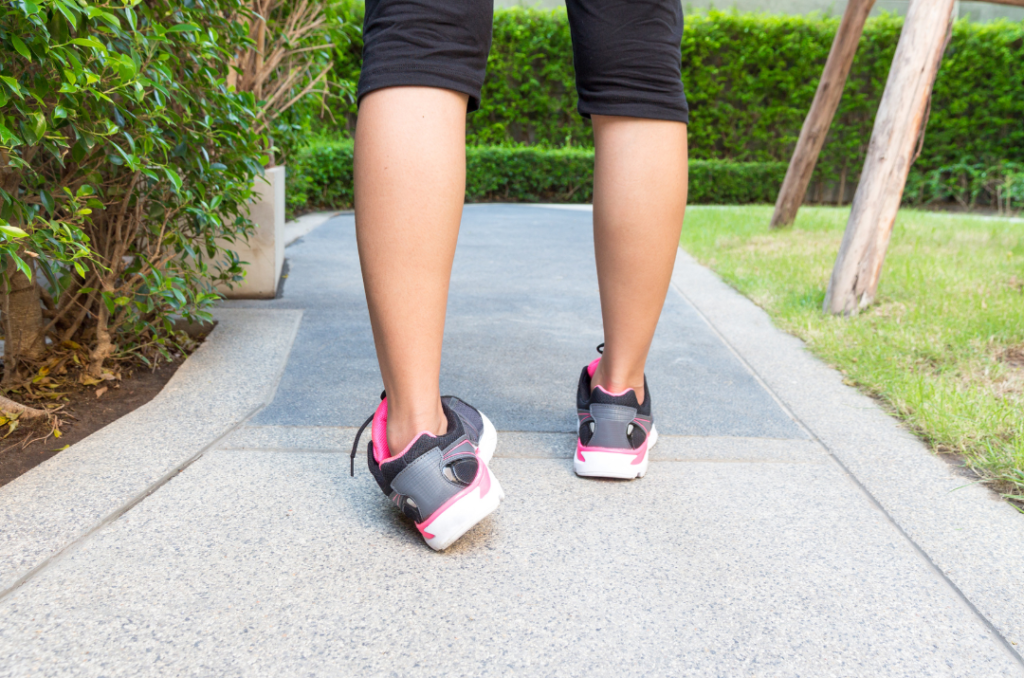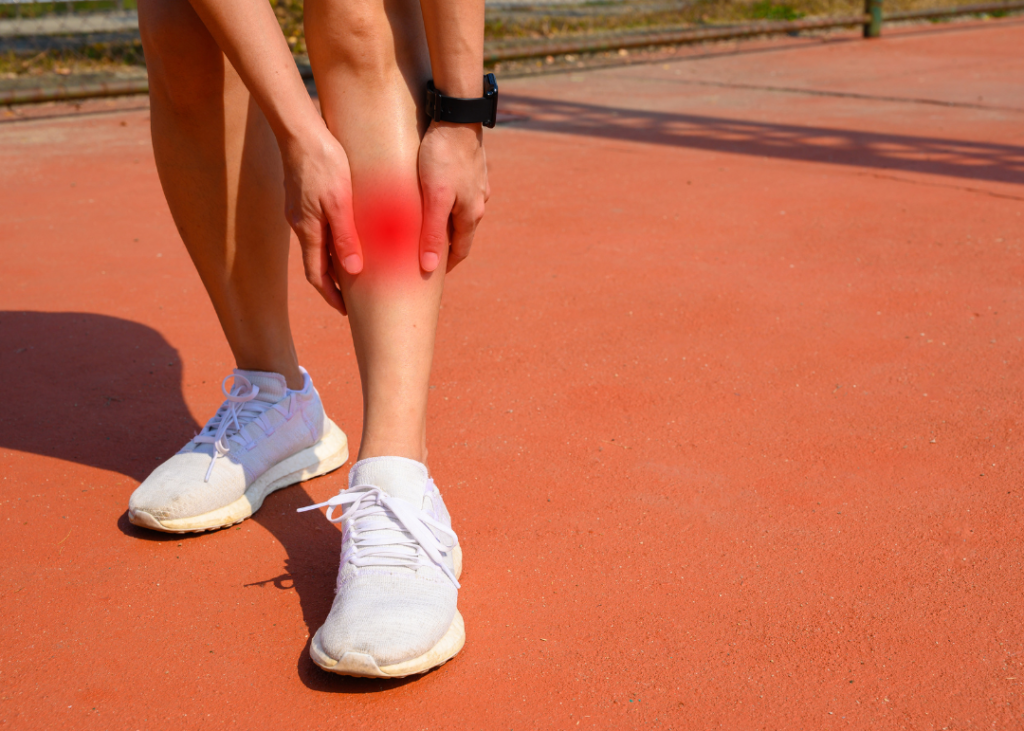When you’ve got foot pain, many people will try anything that promises to get rid…
Netball Injuries | Masterton Podiatrist

With over 350,000 players every year here in New Zealand, netball is definitely a favourite for all ages, regardless of whether you’re playing socially or at a professional level. We love the team aspect to netball, with teams training together to balance their strengths and support one another at each step along the way.
You’ve got to be quick on your feet – constantly trying to get in front of your opposing partner, pivoting, changing direction, jumping and catching – and that’s just the start. With all the fast-paced movements comes a notable injury risk – which is where knowledge and prevention can be extremely powerful. Here are five of the top netball injuries that our podiatrist see and treat here in Masterton.
-
Hamstring Strains
 Your hamstrings are the group of muscles located at the back of your upper leg – on the other side of your thigh. When these muscles are pushed and strained past a point that they can safely handle, such as during quick accelerations or sudden stops, when sprinting or changing direction, or when jumping or landing awkwardly (especially if the landing is on one leg), hamstring injuries can occur.
Your hamstrings are the group of muscles located at the back of your upper leg – on the other side of your thigh. When these muscles are pushed and strained past a point that they can safely handle, such as during quick accelerations or sudden stops, when sprinting or changing direction, or when jumping or landing awkwardly (especially if the landing is on one leg), hamstring injuries can occur.
You may be more likely to experience a hamstring injury if you have an inadequate warm-up routine, experience regular muscle fatigue (which may be linked to poor muscle strength), have poor conditioning, or an improper technique during movements throughout the game. Aside from strains, you can also experience tearing in the hamstrings, which will be linked to more severe symptoms. Hamstring strains can cause pain, swelling, and stiffness at the back of the thigh, alongside weakness and difficulty bearing too much weight on the affected leg.
-
ACL Knee Injury
 Your anterior cruciate ligament (ACL) is a ligament located within the knee joint that plays an important role in knee stabilisation. When the knee twists suddenly, such as during pivoting, rapid changes in direction, or quick stops and starts, the ACL can become injured and strained – and sometimes even torn completely.
Your anterior cruciate ligament (ACL) is a ligament located within the knee joint that plays an important role in knee stabilisation. When the knee twists suddenly, such as during pivoting, rapid changes in direction, or quick stops and starts, the ACL can become injured and strained – and sometimes even torn completely.
ACL injuries can be extremely painful, being accompanied by swelling, weakness and general feelings of instability at the knee. ACL injuries should always be assessed promptly, as they may require surgery followed by an extensive rehabilitation period. During this time, players must work on rebuilding strength, flexibility, and range of motion in the affected knee.
-
Patellar Tendinopathy
Often referred to as jumper’s knee, patellar tendinopathy describes damage to and inflammation of the patellar tendon at the front of the knee cap, which connects the kneecap to the shin bone. Patellar tendinopathy is often associated with jumping sports like netball, as well as those that have rapid accelerations, decelerations and changes in direction. Patellar tendinopathy feels like pain and tenderness just below the knee cap, and may be associated with swelling and weakness in the area. The pain may start as mild and worsen over time. If you have a previous patellar injury, the pain may also come on mid-game if proper rehabilitation and recovery have not occurred.
-
Ankle Sprains
 With the jumping, pivoting and quickly changing direction in this fast-paced game, it’s no surprise that ankle sprains are one of the most common netball injuries. Lateral ankle sprains are most frequent, with the foot suddenly turning inwards and the ligaments on the outside of the ankle being strained to the point of damage. Pain and swelling typically follow, and occasionally bruising may occur. The severity of the pain will depend on how badly the ankle ligaments were overstretched, and how many ankle ligaments were involved. Having an ankle sprain can make it very difficult to continue to bear weight on the injured ankle. Optimum recovery for ankle sprains are particularly important because repeated ankle sprains may lead to chronic ankle instability.
With the jumping, pivoting and quickly changing direction in this fast-paced game, it’s no surprise that ankle sprains are one of the most common netball injuries. Lateral ankle sprains are most frequent, with the foot suddenly turning inwards and the ligaments on the outside of the ankle being strained to the point of damage. Pain and swelling typically follow, and occasionally bruising may occur. The severity of the pain will depend on how badly the ankle ligaments were overstretched, and how many ankle ligaments were involved. Having an ankle sprain can make it very difficult to continue to bear weight on the injured ankle. Optimum recovery for ankle sprains are particularly important because repeated ankle sprains may lead to chronic ankle instability.
-
Medial Tibial Stress Syndrome
 Best known as shin splints, the fast-paced and high-impact nature of netball means that the shins can become overloaded, leading to pain and inflammation. Specifically, shin splints pain can result from a bending stress on the tibia as well as excess strain on the tissues and muscles that connect to the front of the shin bone. Having a poor running technique and muscle imbalances (like weak or tight muscles) can also contribute to the development of shin splints. As shin splints can continue for long periods of time without adequate care and addressing the cause of the overloading, it’s important to seek treatment promptly so you can get back on the court without anything holding you back.
Best known as shin splints, the fast-paced and high-impact nature of netball means that the shins can become overloaded, leading to pain and inflammation. Specifically, shin splints pain can result from a bending stress on the tibia as well as excess strain on the tissues and muscles that connect to the front of the shin bone. Having a poor running technique and muscle imbalances (like weak or tight muscles) can also contribute to the development of shin splints. As shin splints can continue for long periods of time without adequate care and addressing the cause of the overloading, it’s important to seek treatment promptly so you can get back on the court without anything holding you back.
What Should You Do About Netball Injuries?
If you’re regularly exercising or playing netball – or want to be – then it’s important to get the right care that doesn’t just treat your symptoms, but also addresses the underlying causes to stop the problem from returning – or from further injuries developing.
To book in with one of our sports podiatrists, book online here or call us on 06 370 4057
